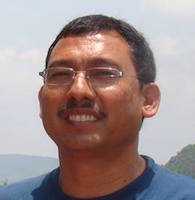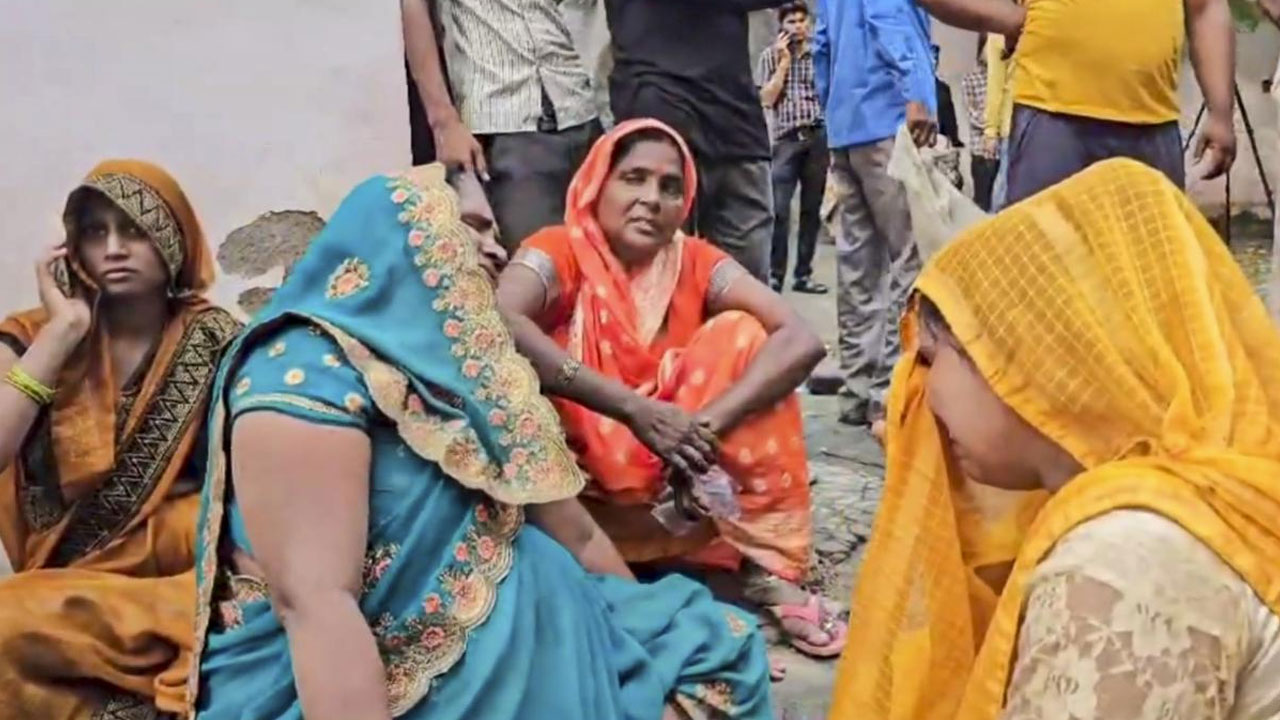A recent public proclamation by a former Pradhan (headman) of a village panchayat in Muzaffarnagar district of Uttar Pradesh has once again exposed the warped casteist mentality of our society. A lot of people are shocked that something like this can happen in this age, although such things happen all the time, most of which are suppressed, so we get to know only about a few.
Muzaffarnagar district has been in the news for the past couple of years. The district happens to be the birthplace of the Bharatiya Kisan Andolan, led by Mahendra Singh Tikait. Now, his sons Rakesh Tikait and Naresh Tikait, are leading the movement. Communal riots in the district in 2013 had left a large number of Muslims homeless. It is believed that the politics of communal polarization had triggered the riots. However, there is no doubt that it is the powerful castes that determine which direction politics will take. During the recent farmer’s movement, we saw their leaders swearing by Hindu-Muslim unity. But the same leaders are unwilling to give an equal status to the Dalits. Most of the Dalits are landless. The few who have small holdings are fighting for their rights and thereby earning the ire of the casteist elements.
Read the full article here: When Dalits bow to the Savarna mindset for political benefits





